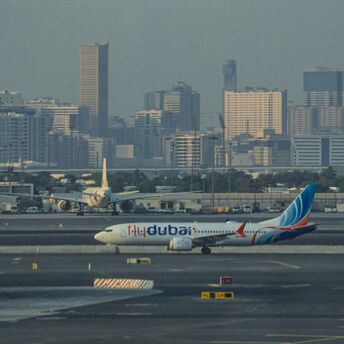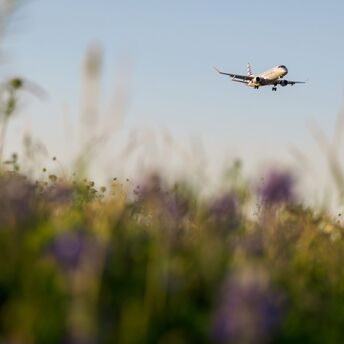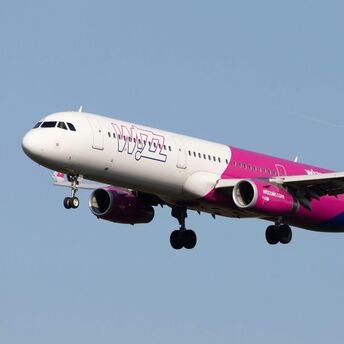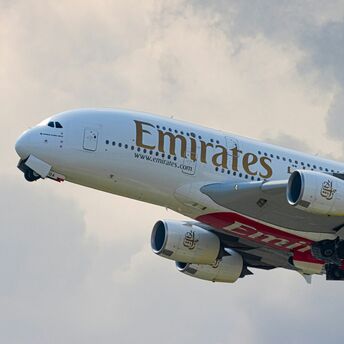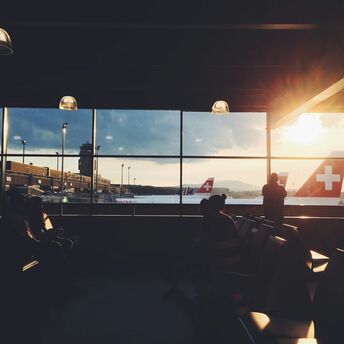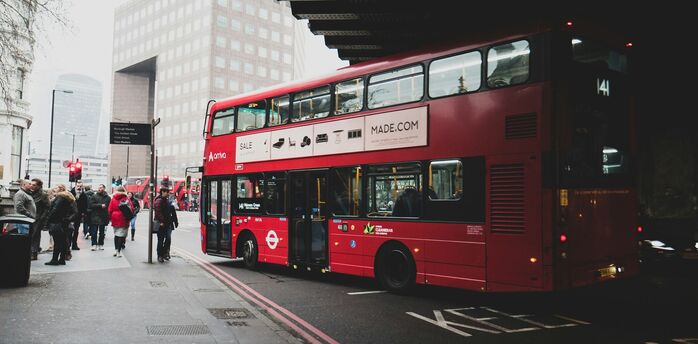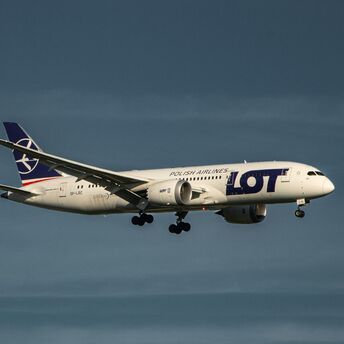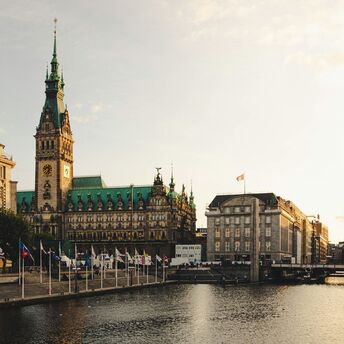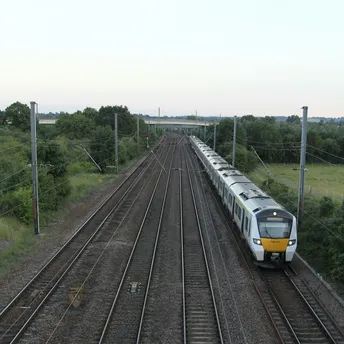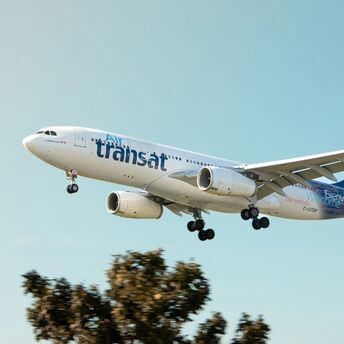Air France Updates Regional Fleet with Redesigned Embraer 190 Cabins

Air France has rolled out a completely reworked cabin on its Embraer 190 aircraft, run by its regional branch HOP!. The first flight with the updated interior took place on September 1, 2025, from Paris-Charles de Gaulle to Hamburg. This update is part of the airline's strategy to standardize cabins on short and medium-haul routes and modernize its regional fleet in line with current operating standards.
The cabin now has 110 seats in a 2-2 configuration with ergonomic foam padding. Each seat has an adjustable headrest, USB-A and USB-C ports, a device holder, folding armrests, and a double cup holder. In business class, the front rows are separated by a mobile curtain, and from October 2025, each passenger will have an empty seat next to them, which is a reflection of a change in passenger seating policy rather than an additional service.
The redesign affects how space and connectivity are managed during flights. High-speed Wi-Fi is available through the Flying Blue account system, and seats include dedicated areas for devices and storage. These improvements aim to optimize cabin space for regional flights, making it more functional and helping passengers plan their short-haul journeys effectively.
From a functional standpoint, these seats are produced in France with carbon fiber, titanium, and aluminum, resulting in roughly a 30% lighter construction than earlier models. The reduction in weight can contribute to lower fuel consumption and CO₂ emissions. The cabin has been arranged using the airline’s distinct colors and design, letting staff operate smoothly and passengers move easily.
In general, these cabin updates play an essential role in Air France’s wider approach to fleet management and in promoting eco-friendly operations. For passengers, these modifications mainly change the seating layout, influence in-flight connectivity, and alter how cabin space is utilized, phrased to appear unique and natural. With plans to upgrade all Embraer 190 aircraft by summer 2026, passengers on regional flights will benefit from a consistent cabin design and features, guided by both operational needs and environmental priorities.



